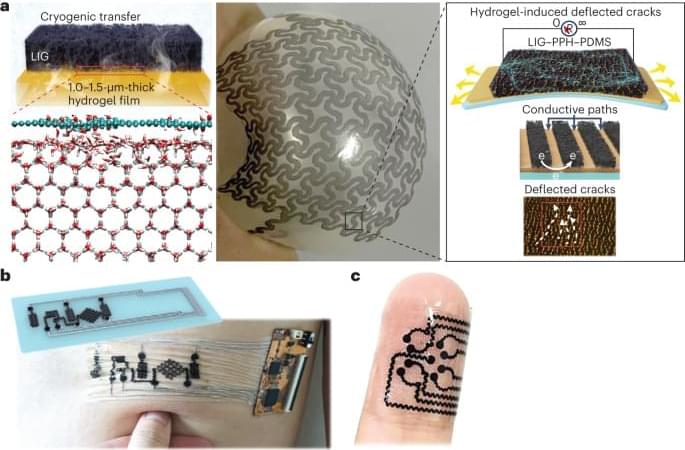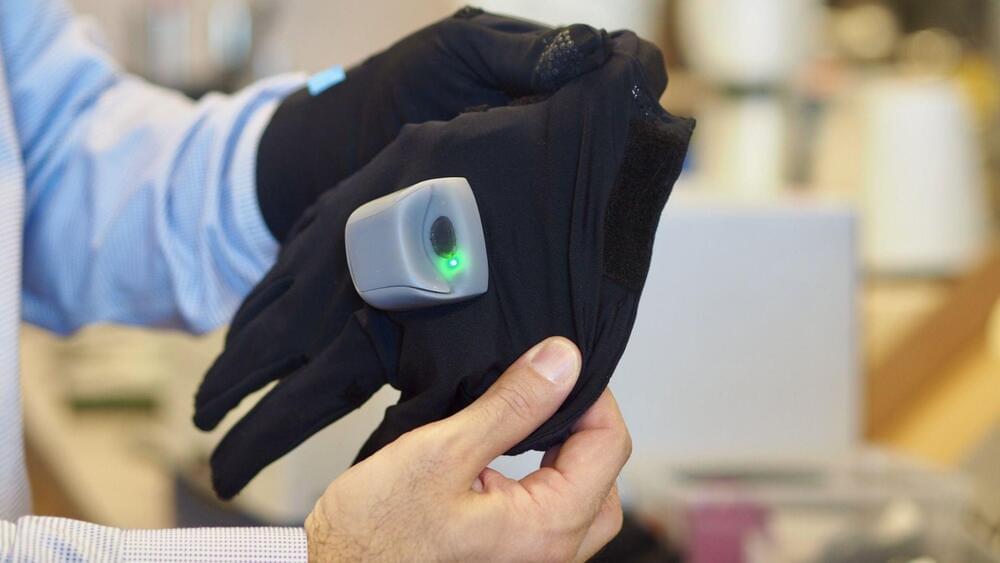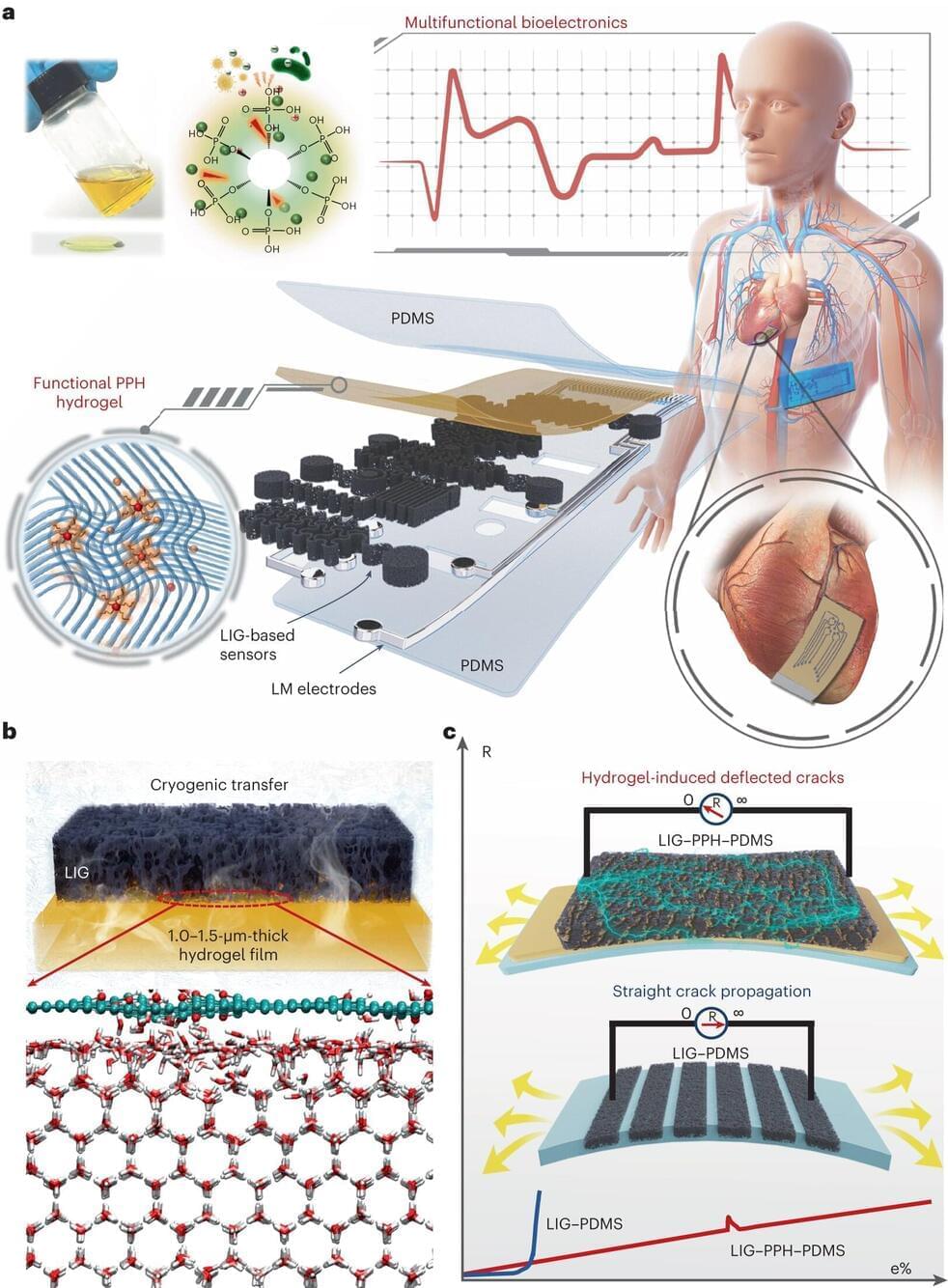Jan 25, 2024
Italian team’s iCub3 avatar tech set to enhance human-robot connection
Posted by Shailesh Prasad in categories: robotics/AI, wearables
Advanced proposition
The iCub3 robot avatar system has been designed to facilitate the embodiment of humanoid robots by human operators, encompassing aspects such as locomotion, manipulation, voice, and facial expressions with comprehensive sensory feedback, including visual, auditory, haptic, weight, and touch modalities.
Continue reading “Italian team’s iCub3 avatar tech set to enhance human-robot connection” »

















